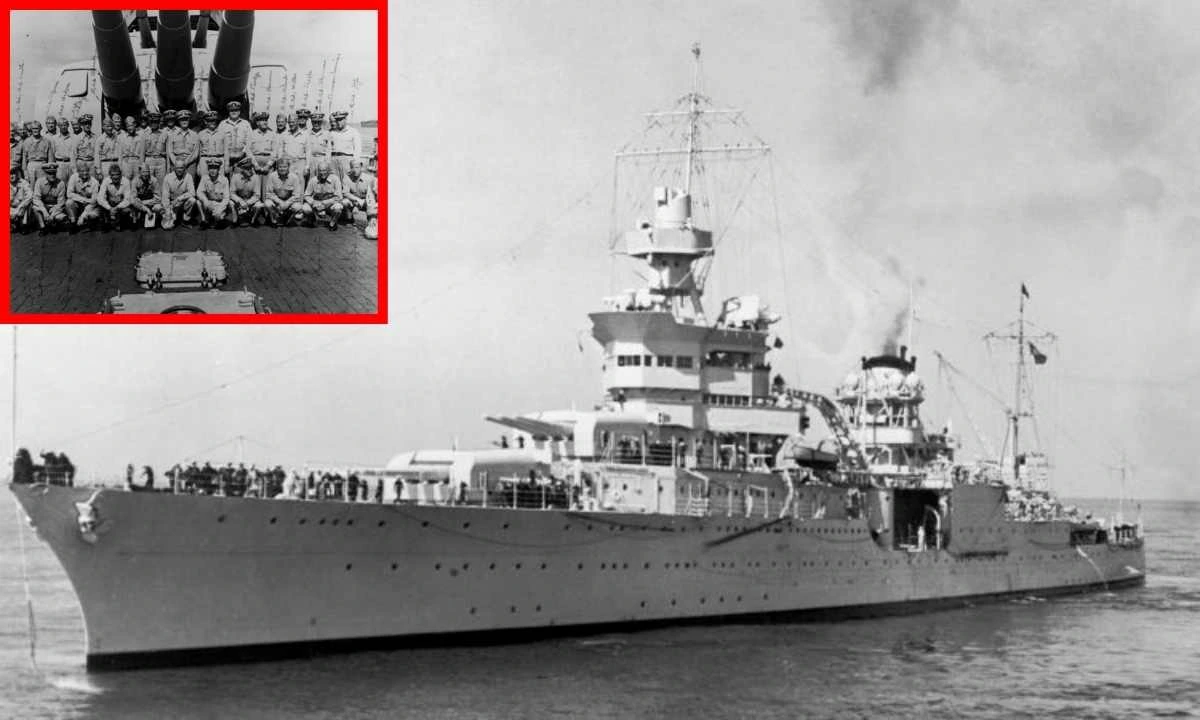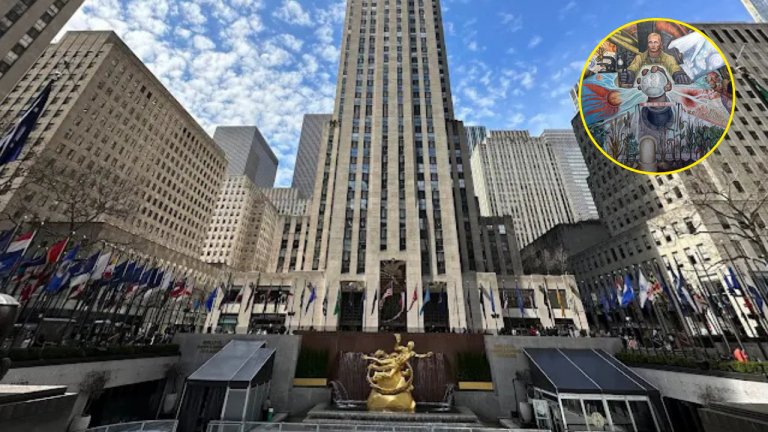Deep beneath the Philippine Sea, at a depth of 18,000 feet, lies the USS Indianapolis. It is a sunken warship that became a tragic symbol of sacrifice and survival. This Portland-class heavy cruiser played a crucial role in delivering components of the atomic bomb Little Boy in July 1945. Just days after completing its mission, disaster struck.
On July 30, 1945, a Japanese submarine, I-58, fired two torpedoes, causing the ship to sink in just 12 minutes. Out of the 1,195 crew members, about 300 went down with the ship, while the remaining 890 were left stranded in the open ocean—unnoticed, unaided, and battling the horrors of nature.
This is the story of the worst disaster at sea in U.S. Navy history and the men of the ship rest inside the USS Indianapolis even today.
History of the USS Indianapolis
A Powerful Warship
The USS Indianapolis (CA-35) was a Portland-class heavy cruiser, commissioned in 1932. It was initially designed as a light cruiser due to its thin armor but was later reclassified as a heavy cruiser due to its 8-inch (203 mm) guns.
It served as the flagship for Admiral Raymond Spruance during World War II, leading battles across the Central Pacific. The ship played a major role in multiple key operations, including:
- New Guinea Campaign (1942) – Provided cover for the aircraft carrier Lexington and participated in surprise attacks on Japanese forces.
- Aleutian Islands Campaign (1943) – Bombarded Japanese positions and sunk enemy supply ships.
- Battle of Tarawa (1943) – Fired at enemy strongholds, helping secure a key Pacific island.
- Philippine Sea and Iwo Jima (1944-1945) – Served as a flagship and provided heavy gunfire support.
By 1945, the USS Indianapolis was one of the most experienced and decorated ships in the U.S. Navy. But its most crucial mission was still ahead.

The Secret Mission – Transporting the Atomic Bomb
In July 1945, Indianapolis was assigned a top-secret mission:
- It transported the uranium and components for the atomic bomb “Little Boy” to Tinian Island.
- The ship set a speed record, reaching Pearl Harbor in just 74.5 hours before delivering the bomb parts on July 26, 1945.
After the successful delivery, Indianapolis set course for Leyte, unaware that a deadly ambush awaited.
The Sinking – July 30, 1945
On July 30, at 12:15 AM, while sailing unescorted, the USS Indianapolis was attacked by the Japanese submarine I-58.
- The first torpedo hit the bow, instantly flooding compartments.
- The second hit amidships, igniting fuel tanks and ammunition storage.
The damage was catastrophic. The ship was top-heavy due to added weaponry, making it unstable and unable to stay afloat.
In 12 minutes, the Indianapolis rolled over, lifted its stern into the air, and sank—leaving hundreds of men stranded in the ocean.

The Horrors of Survival
Shark Attacks
The survivors faced one of the largest documented shark attacks on humans in history. The oceanic whitetip sharks were the first to arrive, followed by tiger sharks. At first, they picked off the dead and wounded. But soon, they began attacking those still clinging to life.
No one could escape. Some men tied themselves to floating debris, only to be dragged under by sharks. Survivors later estimated that between a few dozen to 150 men were killed by the relentless predators.
Dehydration and Exposure
For four days, the men battled the blistering sun during the day and the freezing cold at night. Without food or fresh water, some resorted to drinking saltwater, which only made their suffering worse—causing hallucinations, organ failure, and even death.
Hallucinations and Despair
Survivors described horrifying moments of confusion. Some thought they saw islands in the distance and swam toward them—only to drown. Others, driven mad by thirst, fought each other over canteens filled with nothing but seawater. Some took their own lives rather than endure another moment of suffering.
Of the 890 men left in the water, only 316 survived.
Discovery of The Wreck
For over 70 years, the location of the USS Indianapolis remained unknown. Many expeditions tried and failed to locate the wreck.
Then, in 2017, a breakthrough came. A search team funded by Microsoft co-founder Paul Allen finally found the ship 18,000 feet below the surface of the Philippine Sea.
Preserved in Time
Due to the extreme depth, low oxygen levels, and lack of strong currents, the wreckage remains remarkably intact. The anchor still has visible markings, and supply boxes still read Indianapolis.
“The paint is still in place, like on the anchor and on parts of the ship. You can read ‘Norfolk’ on there. You can read on boxes, on supply boxes, ‘Indianapolis,’ and read very clearly what is on that box,” said Robert Neyland, an underwater archaeology expert.
The ship rests as a deep-sea tomb, still holding the remains of 900 men, a silent memorial to the lives lost.
The Fight for Justice – Clearing Captain McVay’s Name

The Blame Game
In the aftermath of the disaster, Captain Charles B. McVay III was made a scapegoat. He was court-martialed for failing to zigzag—a maneuver that was supposed to make the ship harder to hit.
However, Commander Mochitsura Hashimoto, the captain of the submarine that sank Indianapolis, testified that zigzagging would not have made a difference. The Navy still held McVay responsible.
Even though Fleet Admiral Chester Nimitz remitted his sentence, McVay carried the weight of the blame. Survivors defended him, but some families of the lost sailors did not.
McVay received hate mail for years. One letter read:
“Merry Christmas! Our family’s holiday would be a lot merrier if you hadn’t killed my son.”
Haunted by guilt, McVay took his own life in 1968.
A Decades-Long Effort to Clear His Name
It took decades for justice to come. In 1996, a sixth-grade student named Hunter Scott researched the sinking for a history project. His work sparked a movement that led to hearings in the U.S. Senate.
In 2000, Congress officially exonerated McVay, and President Bill Clinton signed a resolution clearing his name. “He is exonerated for the loss of Indianapolis,” it declared.
Despite hundreds of U.S. Navy ships sinking during WWII, McVay was the only captain ever court-martialed for losing his ship in combat.
Conclusion
For decades, the survivors of the USS Indianapolis held reunions to remember their fallen brothers. By 2017, only seven survivors remained. Today, only one crew member is still alive—Harold Bray.
In 2018, the entire crew was awarded the Congressional Gold Medal, ensuring their sacrifices would never be forgotten.
Books, documentaries, and movies continue to tell their story, keeping the USS Indianapolis in history and memory.
But the ship itself remains where it fell—at the bottom of the ocean, untouched, with 900 souls still inside.











